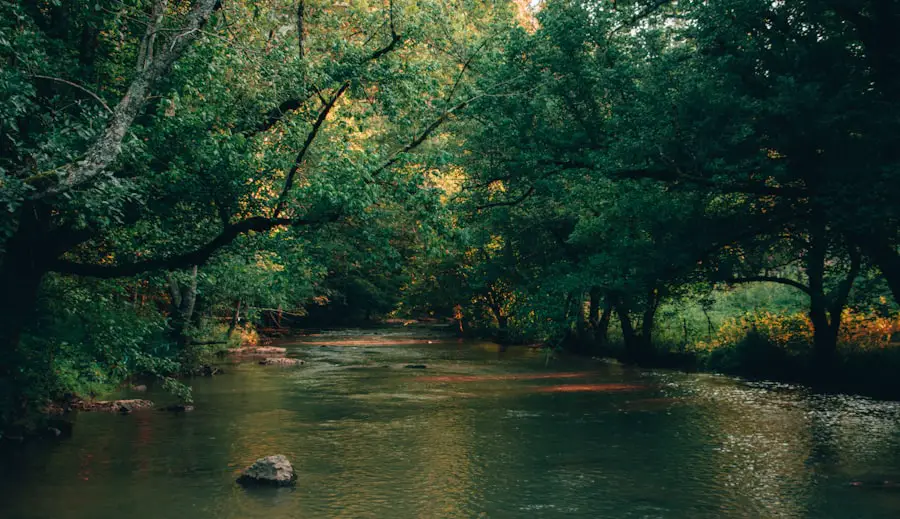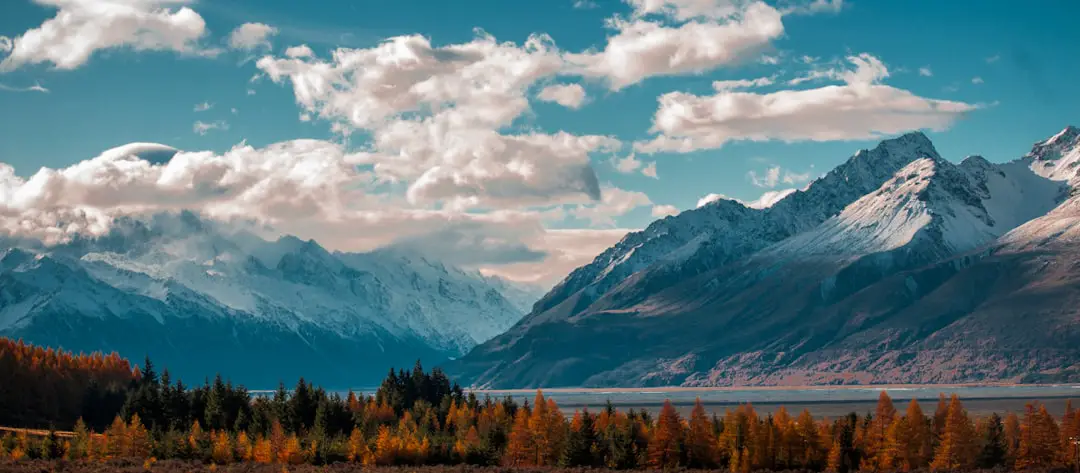Deer travel is a fascinating aspect of wildlife behavior that has significant implications for their survival, reproduction, and interaction with their environment. Understanding how and why deer move through their habitats can provide valuable insights for wildlife management, conservation efforts, and even recreational hunting. Deer are known for their adaptability, which allows them to thrive in a variety of ecosystems, from dense forests to open grasslands.
Their travel patterns are influenced by a myriad of factors, including food availability, predation pressures, and seasonal changes. The study of deer travel encompasses a range of disciplines, including ecology, biology, and even geography. Researchers utilize various methods to track and analyze deer movements, employing technologies such as GPS collars and trail cameras.
These tools have revolutionized our understanding of deer behavior, revealing intricate patterns of movement that were previously unknown. By examining these travel patterns, scientists can better understand the needs of deer populations and the challenges they face in an ever-changing landscape.
Key Takeaways
- Deer travel long distances for various reasons such as finding food, water, shelter, and mates.
- Factors affecting deer travel distance include food availability, predation risk, weather, and human disturbance.
- Deer typically cover 2-10 miles in a day, with variations based on factors like age, sex, and habitat quality.
- Seasonal variations in deer travel are influenced by mating season, food availability, and weather conditions.
- Deer travel patterns vary in different habitats such as forests, grasslands, and agricultural areas, impacting their management and conservation.
Factors Affecting Deer Travel Distance
Food Availability and Deer Migration
One of the most significant factors is the availability of food resources. As herbivores, deer primarily feed on leaves, fruits, and grasses. In areas where food is abundant, such as during the spring and summer months when vegetation is lush, deer may not need to travel far to meet their dietary needs. Conversely, during the winter months when food is scarce, deer may be compelled to cover greater distances in search of sustenance.
Predation Risk and Deer Behavior
Another critical factor affecting deer travel is predation risk. Deer are preyed upon by various predators, including coyotes, wolves, and mountain lions. The presence of these predators can significantly alter deer movement patterns. For instance, in areas with high predator densities, deer may adopt more cautious travel routes or limit their movements to times when they feel safer, such as during daylight hours when visibility is better.
Behavioral Adaptations and Travel Distances
This behavioral adaptation can lead to shorter travel distances as deer seek to minimize their exposure to potential threats. As a result, deer migration patterns are influenced by a combination of factors, including food availability and predation risk, which ultimately affect the distance they travel in search of food, mates, and suitable habitats.
Typical Daily Distance Covered by Deer

On average, deer can cover a distance ranging from one to five miles per day, depending on various factors such as habitat type, food availability, and time of year. In optimal conditions with abundant food and minimal disturbances, deer may only need to travel short distances to meet their daily needs. For example, in a rich forested area with plentiful forage, a deer might remain within a small home range of just a few acres. However, in less favorable conditions or during specific life stages—such as the rutting season—deer may increase their daily travel distance significantly. During the rut, male deer (bucks) are known to roam extensively in search of females (does) to mate with.
This increased movement can lead bucks to cover distances upwards of ten miles in a single day as they seek out receptive does and compete with other males for mating opportunities. Such behavior highlights the dynamic nature of deer travel and the influence of reproductive cycles on their movement patterns. (source: National Geographic)
Seasonal Variations in Deer Travel
| Month | Average Distance Traveled (miles) | Peak Travel Time (hours) |
|---|---|---|
| January | 5 | 6 |
| April | 8 | 8 |
| July | 3 | 4 |
| October | 10 | 10 |
Seasonal changes play a crucial role in shaping deer travel patterns. In spring and summer, when food is abundant and temperatures are mild, deer tend to exhibit more localized movements. They often establish small home ranges where they can find sufficient forage without expending excessive energy.
During these warmer months, deer are also more likely to be seen during daylight hours as they take advantage of the longer days to feed. As autumn approaches and winter sets in, the behavior of deer shifts dramatically. The onset of colder temperatures and the scarcity of food resources compel deer to adapt their travel patterns.
In many regions, deer begin to migrate or expand their home ranges in search of more favorable conditions. This seasonal migration can be particularly pronounced in northern latitudes where harsh winters force deer to seek out areas with better access to food and shelter. Additionally, the rutting season in late fall prompts increased movement as bucks search for does, leading to heightened activity levels across the population.
Deer Travel Patterns in Different Habitats
The habitat in which deer reside significantly influences their travel patterns. In dense forests, for instance, deer may navigate through narrow trails and clearings that provide cover from predators while allowing access to food sources. The complexity of forested environments often leads to shorter but more frequent movements as deer exploit various microhabitats for feeding.
In contrast, open grasslands or agricultural areas present different challenges and opportunities for deer travel. In these habitats, visibility is greater, which can increase predation risk but also allows deer to spot potential threats from a distance. As a result, deer in open areas may adopt different movement strategies, such as traveling during twilight hours when they feel safer from predators.
Furthermore, agricultural fields can serve as significant food sources during certain times of the year, prompting deer to travel longer distances to access these resources.
Implications for Deer Management and Conservation

Understanding deer travel patterns is essential for effective wildlife management and conservation strategies. Knowledge of how far and where deer move can inform habitat preservation efforts and help identify critical corridors that facilitate safe passage between feeding areas and breeding grounds. This information is particularly important in regions experiencing urban development or habitat fragmentation, where roadways and human activities can disrupt traditional travel routes.
Moreover, insights into seasonal variations in deer movement can guide hunting regulations and population management practices. For example, if research indicates that deer are migrating earlier due to climate change or altered food availability, management strategies may need to be adjusted accordingly to ensure sustainable populations. Additionally, understanding the impact of predation on deer travel can help wildlife managers balance predator-prey dynamics within ecosystems.
Tracking and Studying Deer Travel
Researchers employ a variety of methods to track and study deer travel patterns effectively. One of the most common techniques involves the use of GPS collars that provide real-time data on an individual deer’s movements over time. These collars allow scientists to gather detailed information about daily travel distances, habitat use, and seasonal migrations without disturbing the animals.
In addition to GPS technology, researchers often utilize trail cameras strategically placed throughout habitats to capture images of deer as they move through specific areas. This method not only provides visual confirmation of travel patterns but also helps researchers understand social dynamics within herds by observing interactions between individuals. Furthermore, traditional tracking methods such as analyzing tracks in snow or mud can still yield valuable insights into deer behavior and movement trends.
Understanding and Appreciating Deer Travel
The study of deer travel is a multifaceted endeavor that encompasses ecological principles, behavioral science, and conservation strategies. By delving into the intricacies of how and why deer move through their environments, we gain a deeper appreciation for these remarkable animals and their role within ecosystems. Understanding their travel patterns not only aids in effective wildlife management but also fosters a greater connection between humans and the natural world.
As we continue to explore the complexities of deer behavior through advanced tracking technologies and research methodologies, we enhance our ability to protect these species for future generations. The knowledge gained from studying deer travel ultimately contributes to broader conservation efforts aimed at preserving biodiversity and maintaining healthy ecosystems where both wildlife and humans can coexist harmoniously.
If you’re interested in learning more about travel gear, you should check out this article on the best travel fishing rods. It provides valuable information on compact and portable fishing rods that are perfect for travelers who enjoy fishing on the go. Whether you’re a beginner or an experienced angler, having the right gear can make all the difference in your fishing experience.
FAQs
What is the average distance a deer travels in a day?
The average distance a deer travels in a day can vary depending on factors such as habitat, food availability, and predator pressure. However, studies have shown that deer can travel anywhere from 2 to 10 miles in a day.
What factors can influence how far a deer travels in a day?
Factors that can influence how far a deer travels in a day include the availability of food and water, the presence of predators, the need to find suitable habitat, and the mating season.
Do deer travel the same distance every day?
No, deer do not travel the same distance every day. Their movement patterns can vary based on seasonal changes, food availability, and other environmental factors.
How do deer travel such long distances in a day?
Deer are well-adapted for long-distance travel, with their powerful legs and efficient movement. They are also able to conserve energy by walking at a steady pace and taking breaks when needed.
Do all deer species travel the same distance in a day?
Different species of deer may have different daily travel distances. For example, white-tailed deer are known to travel longer distances compared to mule deer, which tend to have smaller home ranges.

2 thoughts on “Deer Travel: How Far in a Day?”